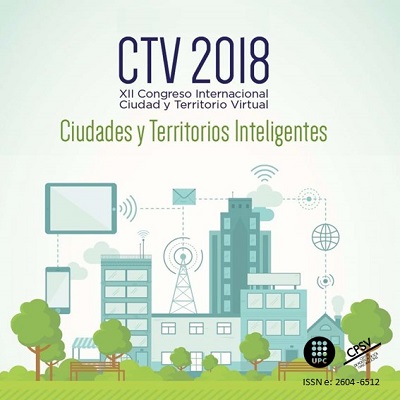Willingness to Pay for the Energy Efficiency of Dwellings; a Case Study in Barcelona
DOI:
https://doi.org/10.5821/ctv.8250Keywords:
Energy saving, surveys, Energy Performance Certificates, Contingent ValuationAbstract
This paper is developed within the framework of the project EnerValor (BIA2015-63606-R (MINECO/FEDER), whose principal researcher is the first author, in which the other co-authors are members of the team.
In Spain, the transposition of the Energy Performance of Buildings Directive (EPBD) 2002/91/CE (consolidated in the Directive 2010/31/EU), has been produced through the enactment of several Royal Decrees: RD 314/2006, which determines the energy efficiency requirements; RD 1027/2007, which sets the boiler and air conditioning inspection requirements and both; RD 47/2007 and 235/2013 that determine, respectively, the certification procedures of new and existing buildings.
In this context, housing rehabilitation processes have been initiated, energy certification of them (many with poor procedures) and some energy rehabilitation of buildings in socially degraded neighborhoods.
The main objective of this work is to determine how much the Willingness to Pay (WTP) by energy efficiency is modified, if users are informed in different ways about the economic and environmental repercussions of its, explaining, in addition, what Energy Performance Certificates (EPC) actually measure.
The initial hypothesis is that if the demand is more clearly informed about the characteristics and implications of the energy certification, a greater WTP is generated by the users.
The study will be carried out in Barcelona.
The Contingent Valuation (CV) method will be used to obtain the Willingness to Pay (WTP) by users, through the application of a survey with three variants.
1) Use of technical units to report about energy consumption and emissions, without explaining what the EPC measures,
2) Use of illustrative units to report about economic and environmental impacts, without explaining what the EPC measures, and
3) Use of illustrative units to inform about the economic and environmental repercussions, explaining in addition those that measure the EPC.
Once the results are obtained, the analyses will be carried out to determine if there are statistically significant differences (ANOVA Test of the means, etc.) and, in addition, to determine the factors that explain the WTP in the three variants of the survey.
























